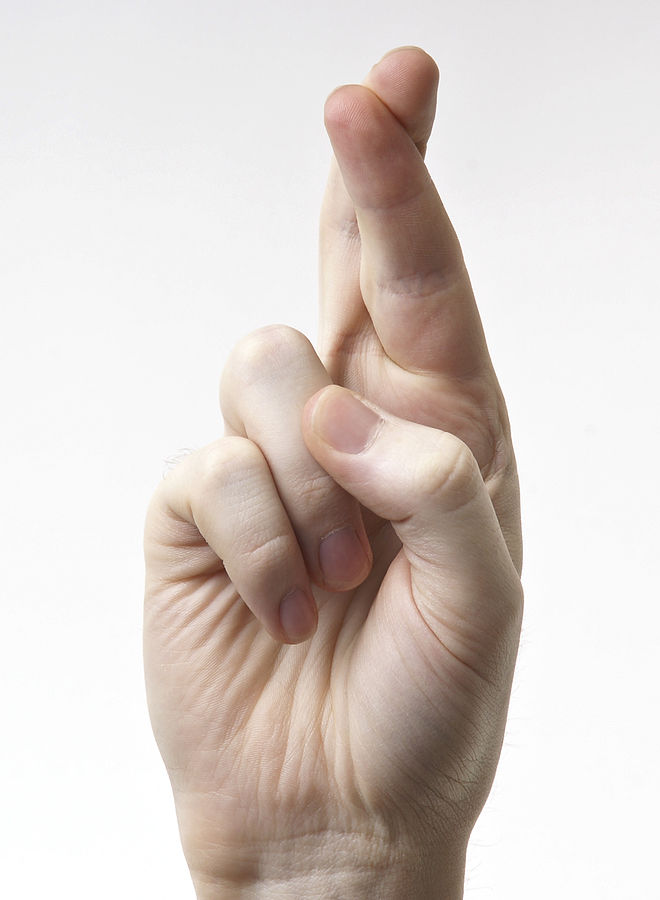Gestures
There are 5 common gestures in the world. According to Maximizing Study Abroad book.
1.
In America this symbol seems to indicate as a
hand signal the okay.
a.
This symbol in another country can symbolize
something offensive for someone else.
b.
In fact, it means for Japan a sign of money. Belgium
and France the number zero, and countries like Greece, Russia, and other
countries as a sexual insult.
c.
In my host country it can be used to mean that
you like something.
2.
In America this symbol seems to indicate praying
or even begging someone.
a.
This symbol in another country could have the
same meaning.
b.
In fact, for some Asian countries it means Thank
You.
c.
In my host country it means that they are
begging you
3.
In America this symbol may mean an I don’t know
in reference to something someone said.
a.
This symbol could also mean that one does not
know what the other person is trying to communicate.
b.
Though in some countries it could mean like the
Middle East and South America a sense of sincerity.
c.
In my host country it could mean ‘so what?’ when
palms are facing up if there facing out it is I don’t know.
4.
In America this gesture may mean Good Job.
a.
In some countries I think it could mean
something very offensive.
b.
For some countries it means almost the same thing
but in Japan it could indicate the male gender or number five.
c.
In my host country it seems to be that it means
the same.
5.
In America this as seen as trying to get Good
Luck as a means to show that they are trying to get lucky.
a.
In some countries I feel it does not mean
anything but for some its something offensive.
b.
In fact, for other countries it means the same or
friendship, but the only thing Turkey and Italy means broken friendship.
c.
For my host country it could mean good luck or
friendship.
Eye
Contact Survey
1.
Situation: Chatting
with Friends:
a.
Personal preference
would be not a whole lot but enough that one knows they are talking to you.
b.
In host country I
would think that eye contact is important.
2.
Situation: Talking
with a professor:
a.
Personally, I would like
eye contact but if we are talking about a project I don’t mind if there is not
a whole lot.
b.
Host country I think
that talking to a professor there should be a lot of eye contact.
3.
Situation:
Interviewing for a job:
a.
Personally, I would do
a lot of eye contact not much looking away.
b.
I would think they
would like a lot of eye contact though only looking away occasionally.
4.
Situation: Giving a
presentation:
a.
Personally, I would
try to focus on key points around the crowd not to focused on a particular
area.
b.
I would think there
should be eye contact around the area as long it is around the crowd.
5.
Situation: Placing an
order with a waiter:
a.
I don’t really give a
lot of eye contact just the initial eye contact.
b.
I feel like it would
be about the same just a bit more eye contact to make sure they hear me that I am
talking to them.
6.
Situation: Talking to
your father:
a.
There is a lot of eye
contact though not as much at times not at all.
b.
I feel like there
would be a lot to make sure they are listening to you though probably not a
lot.
Personal
Distance Survey
1.
Chatting with friends:
a.
A minimum a foot of
distance maybe closer depending on the friend but not further away.
b.
Around a foot of distance,
I think at times closer more often than not.
2.
Talking with a
professor:
a.
I think anything between
a 1 to 3 feet of distance nothing closer.
b.
I would feel that something
between that 1 to 3 at times closer.
3.
Interviewing for a
job:
a.
A good two feet at
times keeping a distance.
b.
I feel that there is a
good distance but not further than 4 feet.
4.
Giving a presentation:
a.
At times there should
be a good 3 to 5 feet between the audience.
b.
There should be a good
distance I think there would be like 3 to 5 maybe more.
5.
Placing an order with
a waiter:
a.
There may be at least
half a foot to a foot, so the waiter can hear your order.
b.
There probably is at least
a foot of distance to hear what the order is.
6.
Talking to your
father:
a.
It all depends on where
we are there could be a lot of distance or very close depending on the
situation.
b.
It could be very close
around half a foot to even 5 feet to have a conversation.
Touching
Behavior Survey
1. Chatting with friends:
a. I feel like there is only occasional
touching.
b. There are I feel occasional
touching.
2. Talking with a professor:
a. I feel there might be one touch
but not all
b. There could be an occasional
touch but not really.
3.
Meeting with your
boss:
a.
I don’t think there should
be any touching. Maybe a handshake.
b.
There may not be any
touching maybe a handshake.
4.
Speaking to a child:
a.
I think there might be
the occasional touching because it is a child.
b.
There might be a touch
but not really just to say hi.
5.
Talking with your
father:
a.
I feel like there are
touching because it is a personal relationship.
b.
There could be touching
because it is a personal relationship.
Nonverbals
used in host country greetings:
1.
Meeting with someone
of the same age and sex for the first time:
a.
I feel like there is a
handshake maybe a kiss on the cheek.
2.
A man greeting his
wife at home:
a.
There is a kiss of
greeting.
3.
Two professional women
meeting for lunch
a.
There is a handshake.
4.
two adult male friends
meeting at a bar
a.
a one handed sided hug.
5.
A brother greeting his
sister at the airport
a.
There is hugging involved.
6.
A child greeting his
father as he arrives home from work
a.
A big hug or a kiss on
the cheek.
7.
A young women meeting
her boyfriend at the park.
a.
A kiss maybe.
8.
Two women seeing each
other at a high school reunion
a.
A hug I would think.


















